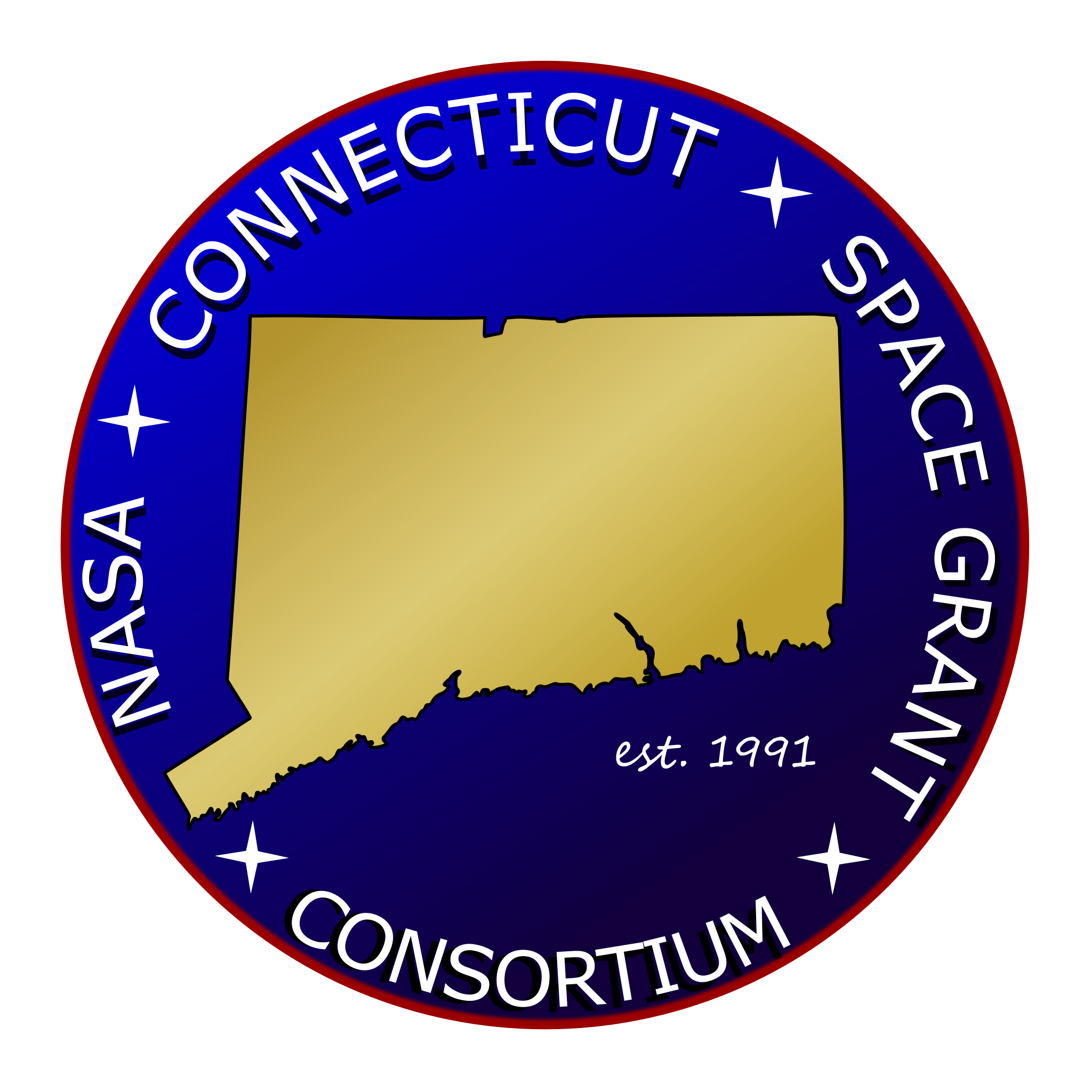NASA CT Space Grant Innovation in Space Award
NASA CT Space Grant Consortium is thrilled to have been part of the CT Invention Convention’s first NASA CT Space Grant Innovation in Space Award presented on May 16th. The CT Invention Convention (CIC) is an internationally recognized educational organization started in 1983 that works to develop creative problem-solving and critical thinking skills through invention and entrepreneurship. The program encourages students to research, analyze and work on solutions to real-life problems. The culmination of this process is an annual competition event where students are recognized with awards and prizes for their hard work. This year, NASA CT Space Grant Consortium was asked to review finalists selected by CIC for the NASA CT Space Grant Innovation in Science Award, and selected Gaelle Luc as awardee for her Cold to Warm Coat invention. Gaelle was one of over 6,000 students who participated in local invention conventions throughout the state for 2021, and one of the 500+ students who have advanced to State Finals. Learn more about Gaelle’s invention and the other award finalists below.
Cold to Warm Coat
Inventor: Gaelle Luc, 8th grade
Teachers’ Memorial Global Studies Magnet Middle School, Norwich, CT
In Gaelle’s own words: “My invention uses solar energy to warm up the coat. It solves the problem by keeping them warm but without the big puffy coats and by using solar energy. I used a circuit board, Solar film, rechargeable batteries, wires, potentiometer, diode, temperature sensor, resistor, and LED light. My invention solves kid and adults’ being cold and their puffy coat not keeping them warm.”
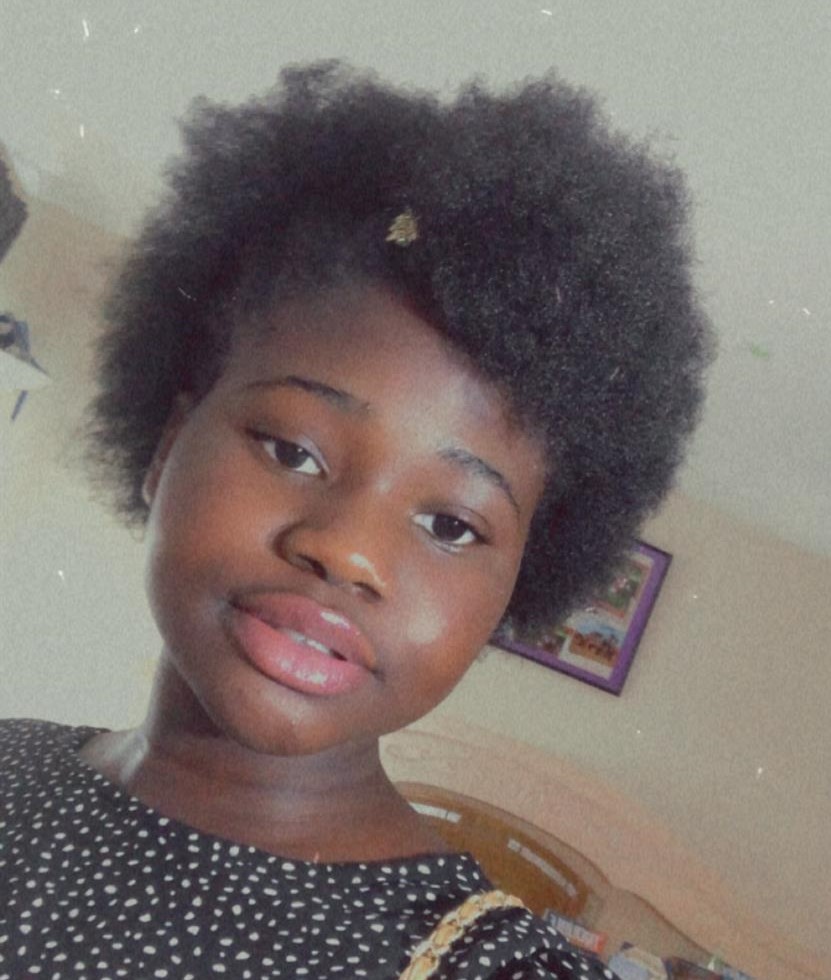

The Real Green Hot Water Machine
Inventor: Henry Burnham, 4th grade, Ashford School, Ashford, CT
In Henry’s own words: “This invention is a copper coil system that heats water. This way, the user can make hot water without the use of electricity, propane, or natural gas. The Real Green Hot Water Machine works by heating copper coils (because copper wont melt), in a fire. These coils are connected to a pot. On this pot, there are spigots that are screwed on. The spigots are connected to the copper coils with washing machine hose. There is a shark-bite fitting that connects the copper pipe to the washing machine hoses. I am solving the problem of no hot water when camping or when there is a power outage. The purpose of the invention is to help you make hot water when you don’t have electricity.
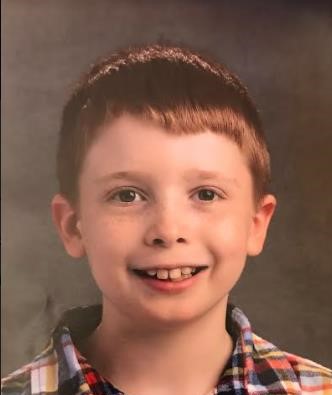
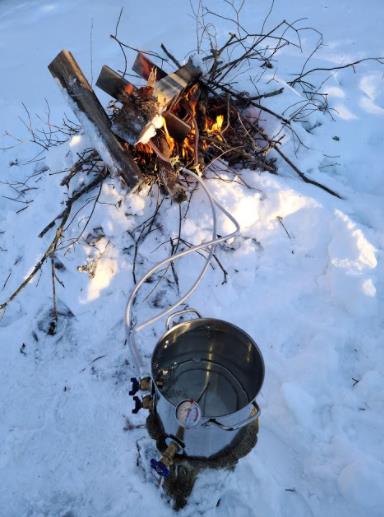
3D Printed Dual Oxidizer Sounding Rocket Engine
Inventor: Ethan Joseph, 6th grade, Engineering – Science University Magnet School, West Haven, CT
In Ethan’s own words: “Currently, sounding rockets cost around $2 million per launch of a 440KG payload. This is expensive and my project aims to make this cheaper. A 3D printed liquid-fueled engine has never been used in a sounding rocket before which makes my invention unique. My engine also uses the DOIS system (which I invented). This allows smaller scale engines to generate more thrust. My invention solves the problem by using a custom 3D printed liquid fueled engine that can carry a payload of around 440KG to 190 to 200 miles into the atmosphere. The engine is completely pressure fed and uses a custom system called “DOIS” that I invented. This system allows an engine to gain more power at the smaller scale. My invention makes sounding rockets more accessible to researchers. This means that problems like global warming can be tracked and solved quicker.”



The On the Go Covid Killer
Inventor: Max Parmalee, 5th grade, Thalberg Elementary School, Southington, CT
In Max’s own words: “The On-the-Go Covid Killer is a portable cloth mask sanitizer that uses UV-C light to kill the germs on a face mask in 10-20 seconds. It can be charged through a computer’s USB port or using a car’s lighter adapter. It is small enough to fit in a car’s glove box or console. The ultraviolet radiation (UV-C) light used in this invention damages the RNA or genetic material in the Covid-19 virus which can be carried on your cloth mask. There is also evidence that UV-C light damages proteins (known as spike proteins and envelope proteins) located on the surface of the virus that allow the virus to attach to and infect cells in the human body. My invention solves the problem of being away from home and needing to clean your cloth mask. The quick and efficient system also reduces energy used and time required of a washing machine and dryer.”
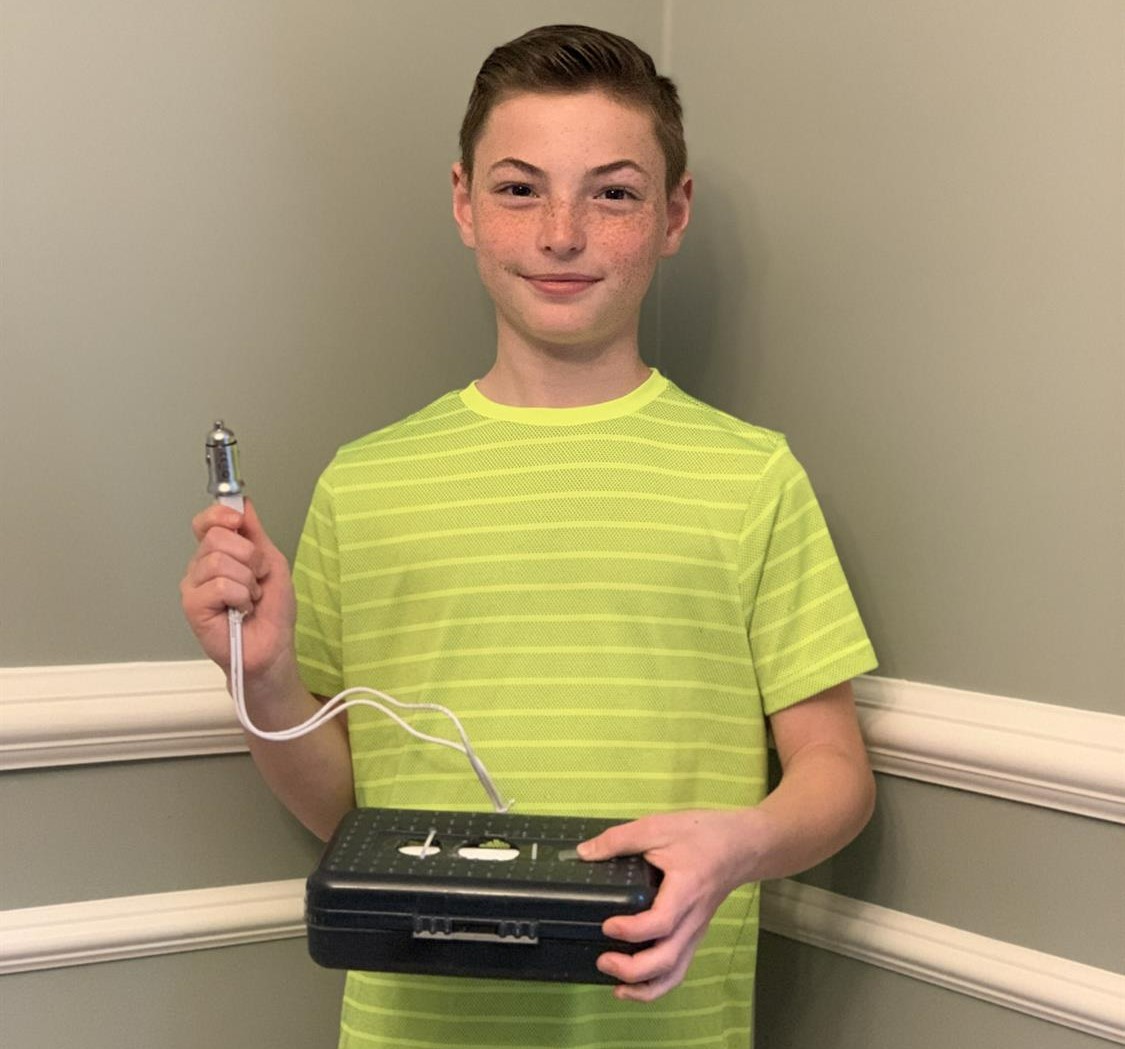

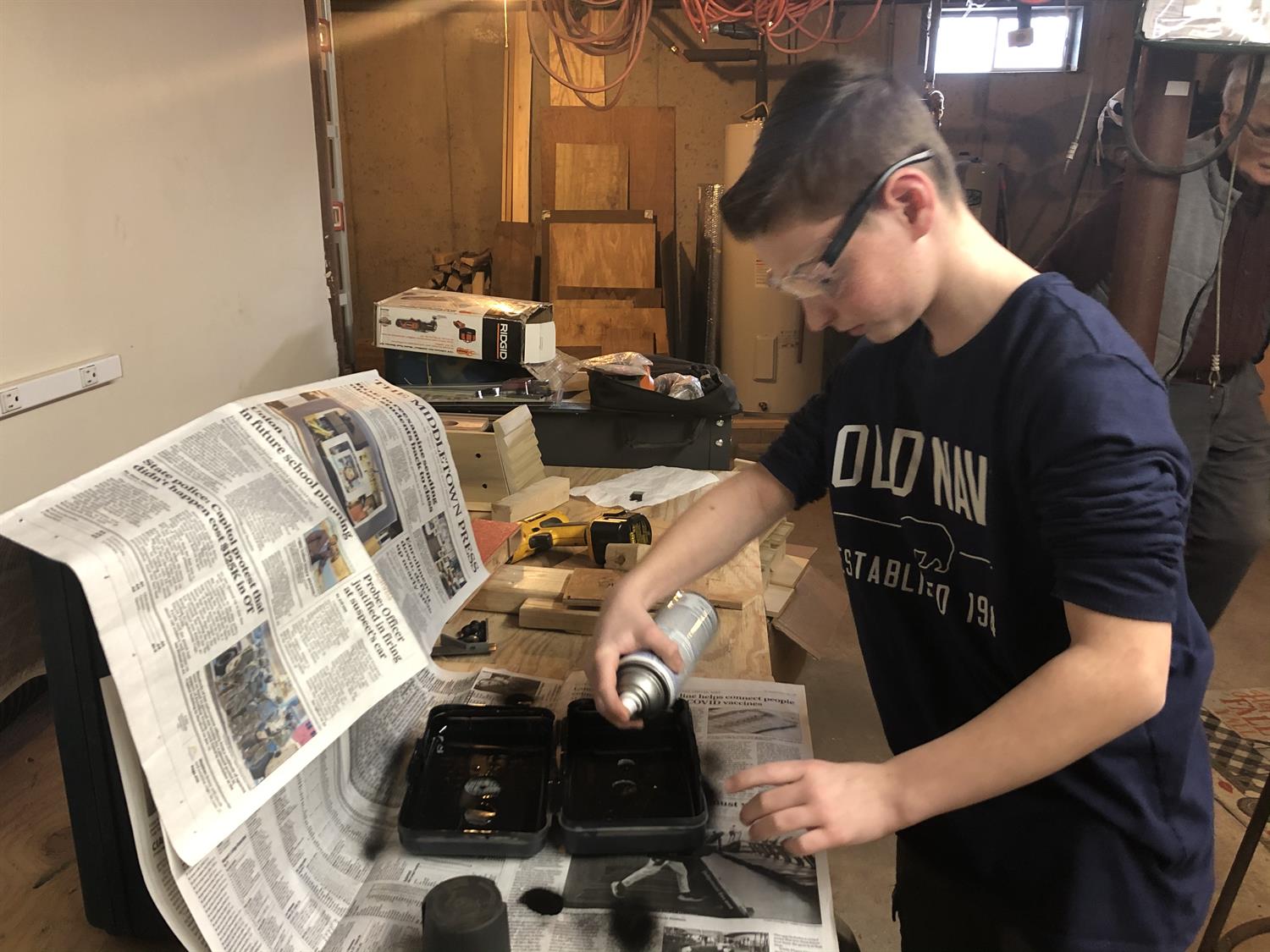
Quick Slick Mask
Inventor: Ivee Marie Roque, 4th grade, Parker Farms School, Wallingford, CT
In Ivee’s own words: “My invention solved this problem because everything is connected in a different way, so then you can find everything together instead of losing everything around your house and being late for work! This protects healthcare works because I used things that they wear to protect themselves from covid-19. My problem is that healthcare workers being late to work and not being able to find there mask and other equipment to help protect themselves from covid-19.”
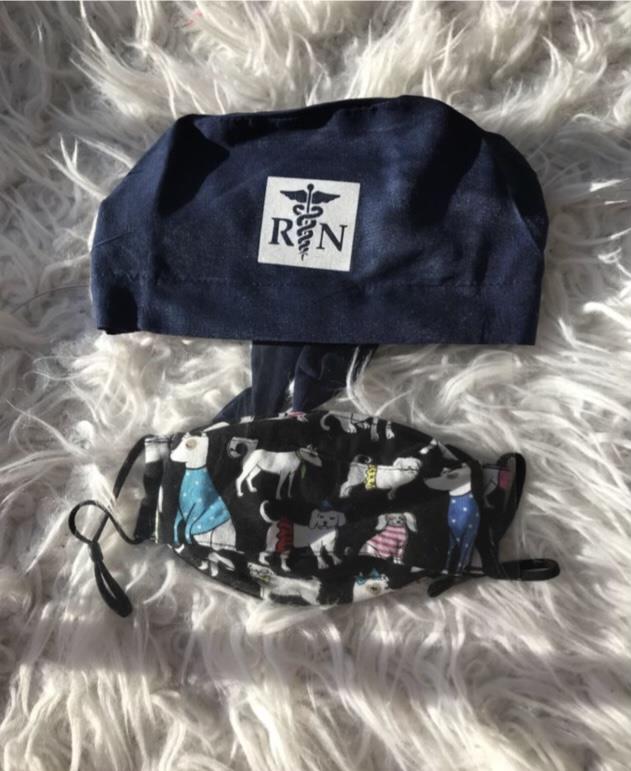
Maskiwashimatic
Inventor: Benet Stafford, 5th grade, R. Dudley Seymour School, East Granby, CT
In Benet’s own words: “My Invention is a handheld, portable, non-electric washing machine, for washing and sanitizing facemasks for daily use. My invention uses a little bit of soap, and a little bit of water combined in a handheld, portable, non-electric, and easy to use invention that even a kid can use. I have a favorite face mask that I find the most comfortable to wear every day, but my Mom would have to handwash it for me every day. Her system wasted time and water, and made more work for her. So this is a way that I could wash it quickly, and keep it clean for using again the next day at school.”


Congratulations to these innovative thinkers for their amazing inventions! CT Space Grant Consortium is excited to see what the future holds for these and all of the CT Invention Convention inventors!
